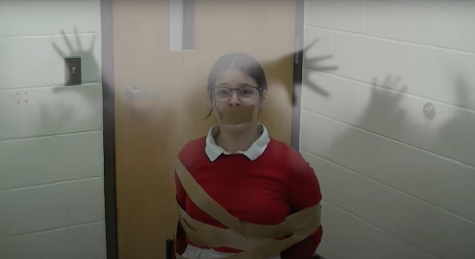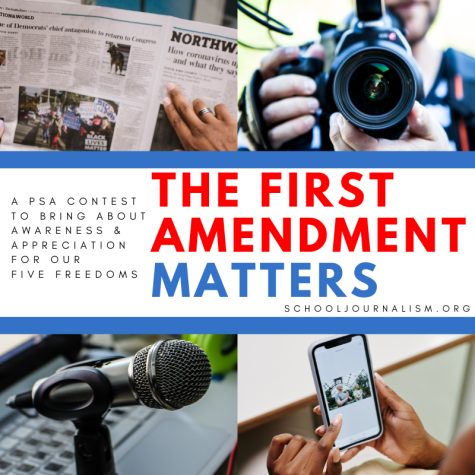MobileVideoDIY offers eight lessons to teach students mobile-video skills
Teachers looking to introduce mobile video to their students got help recently from MobileVideoDIY. The website released eight 50-minute lessons that guide students in using their smartphones and other mobile devices to create videos.
The lessons are aligned to the Common Core State Standards and contain video tutorials that students can watch on their mobile devices outside of class. Each lesson includes a teacher guide, a student guide and a rubric that can be used to coach students in creating video story packages. Funding was provided by the Donald W. Reynolds Journalism Institute.
To review and download the lessons, click here!
Kevin Allen, a journalism teacher at Captain Shreve High School in Shreveport, Louisiana, created the lessons using MobileVideoDIY.com. He answered some questions teachers might have about the lessons and teaching mobile video.
Why do you think students should learn how to create and share mobile videos?
Engaging content is the key to attracting audiences online and on social media. Mobile video is a great way to do that. Every journalist with a smartphone has all the tools needed to produce top-notch video packages. If they’re not taking advantage of that, then their audiences will look elsewhere to find it.
What are some obstacles teachers might face while teaching this topic and how might they overcome them?
Smartphones and tablets come in so many varieties that it can be difficult for teachers to troubleshoot all the scenarios their students might face. The great thing about MobileVideoDIY.com is that students can find tutorials and apps that apply specifically to their devices. This allows teachers to focus on the process and techniques rather than the technology. Another obstacle is that not all students have access to a smartphone or wireless Internet. Pairing students and giving them additional time is one solution. It might also be possible for them to check out iPads from the school library.
How did you decide on which topics to cover in the eight lessons?
I wanted to strike a balance between teaching the technology and teaching the elements of good video composition. As a result, the lessons cover the technical processes of shooting, editing, and sharing mobile video, as well as strategies for improving the quality of the content. The lessons are arranged in order of increasing difficulty and culminate in the production of a complete video story package.
What is some advice you would give to teachers who have decided to teach mobile video?
Start small and give your students plenty of time to experiment and troubleshoot. Don’t expect them to produce seamless videos right off the bat. It’s also important to incorporate critique sessions in class so students can get meaningful feedback about the quality of their videos.
What are some ways a publication can use mobile video?
Mobile videos can be used to cover everything from interviews to pep rally performances. Short clips can be used to tease readers and draw them into a story, and they’re especially useful for promoting content on social media.
There are a lot of hands-on learning opportunities for students in the lessons. Why is that a good way to teach this topic?
Inquiry is an important component of any good lesson. Students are naturally interested in exploring the capabilities of their smartphones, so letting them experiment and create their own videos is a perfect approach.
Do you have any additional advice for teachers who plan to use these lessons?
Depending on the ability level of your students, you might want to spread out the lessons over several weeks and repeat them as needed. You could also consider letting students move through the curriculum at their own pace.











